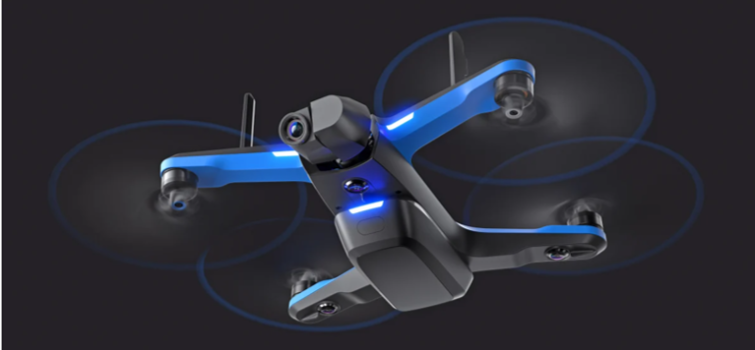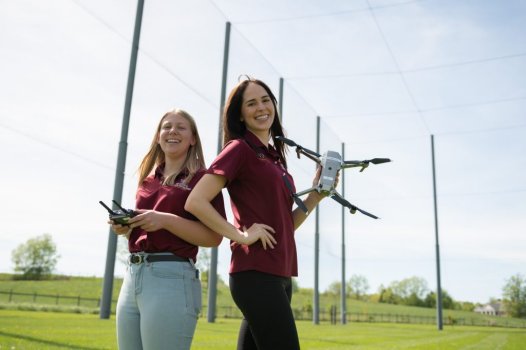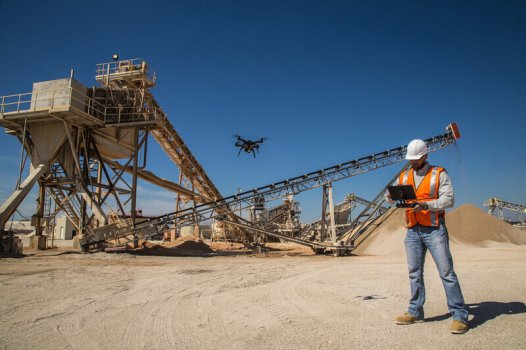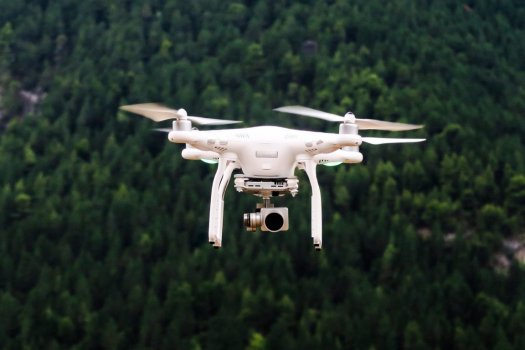The Impact of A.I. on Search Engine Optimization
- Technology Solutions
- 0 Replies
Artificial Intelligence is a quickly expanding technology projected to help make SEO tools and strategies more valuable and informative for businesses in the coming years. Digital marketing and A.I. work together to enhance developers' and marketers' ability to engage in different activities.
Today, A.I. is used for more than just market research. It can categorize and classify data much faster and more efficiently than any market research organization. One reason for this is that it's not using static methods for data collection.
Improved Content with the Help of A.I.
The purpose of A.I. in content marketing can vary significantly. It can help digital marketers make better sense of all the data available online, speed up the process of content creation, and develop an effective content strategy, among other benefits.
How U.S. Small Businesses Are Looking to Grow Again After Two Years Of Uncertainty
Some of the specific ways that A.I. will benefit and impact content marketing include:
The Use of Predictive Intelligence for Creating Unique Experiences
Predictive intelligence allows your business to understand the needs of their customers better and create custom content that meets those interests and wants.
Continue reading: https://www.inc.com/peter-roesler/the-impact-of-ai-on-search-engine-optimization.html
Today, A.I. is used for more than just market research. It can categorize and classify data much faster and more efficiently than any market research organization. One reason for this is that it's not using static methods for data collection.
Improved Content with the Help of A.I.
The purpose of A.I. in content marketing can vary significantly. It can help digital marketers make better sense of all the data available online, speed up the process of content creation, and develop an effective content strategy, among other benefits.
How U.S. Small Businesses Are Looking to Grow Again After Two Years Of Uncertainty
Some of the specific ways that A.I. will benefit and impact content marketing include:
The Use of Predictive Intelligence for Creating Unique Experiences
Predictive intelligence allows your business to understand the needs of their customers better and create custom content that meets those interests and wants.
Continue reading: https://www.inc.com/peter-roesler/the-impact-of-ai-on-search-engine-optimization.html























